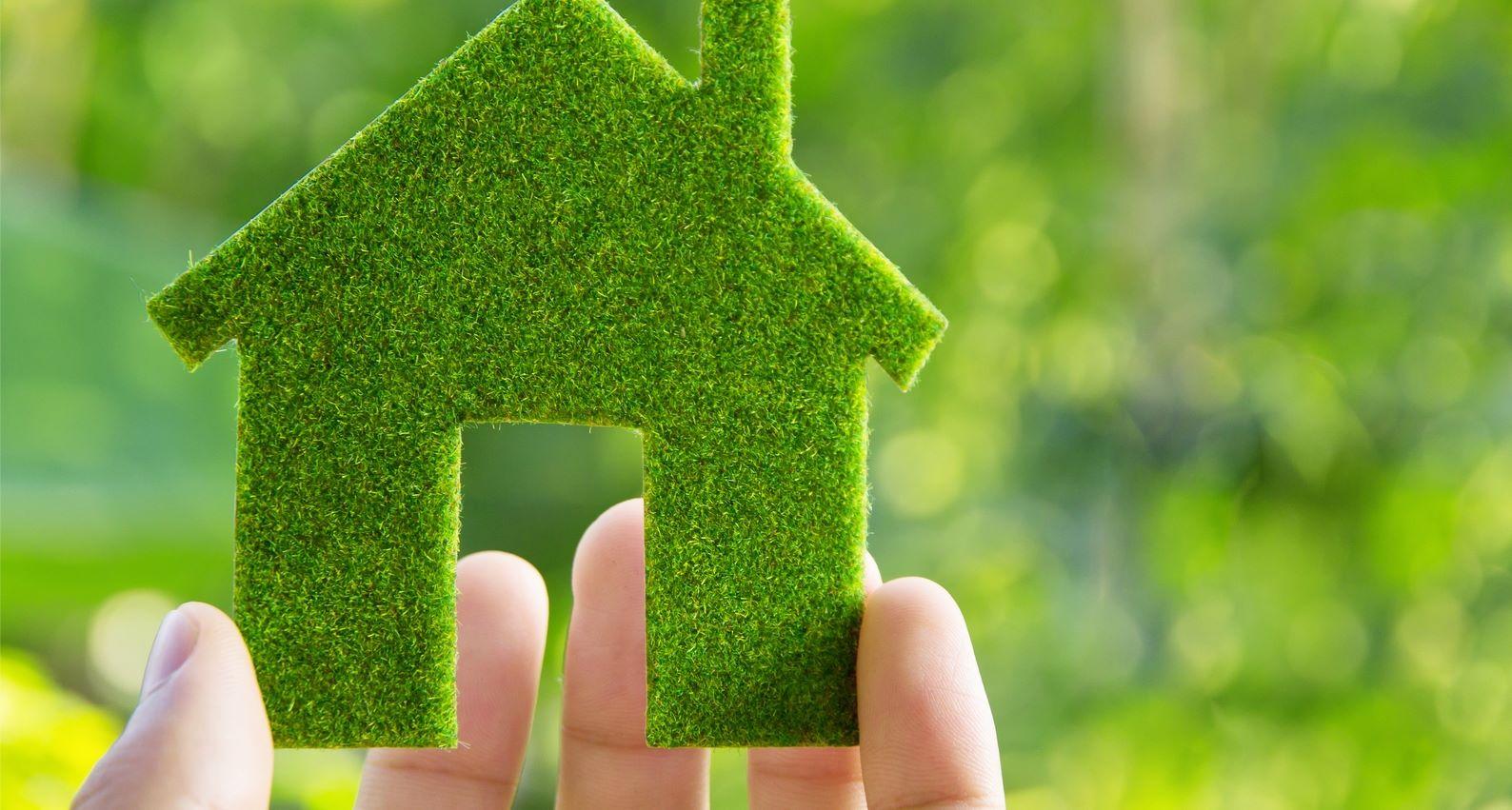The Need for Sustainable Building Material
Published on 28 Sep, 2020

The demand for sustainable building materials has been slowly rising over the past few years. Apart from the eco-friendly factor, there are several other advantages of using these materials; yet their adoption rate remains limited. There is an imminent need to increase awareness about these materials and the benefits they accord as this would further encourage the construction industry to deploy sustainable material on a large scale.
'Going Green' and 'sustainability' have become new buzzwords in most industries over the past decade. The need for environment friendliness was reinforced when the global pandemic seized the planet and forced lockdowns across countries. The consequent dissipation of air and noise pollution showed us a cleaner environment. It also nudged the global construction industry into revisiting the use of eco-friendly material to help reduce the negative impact on the planet.
'Green buildings' (made from sustainable materials) have been present for some time now, but only recently gained wide recognition. Green constructions are known to maximize resource conservation and minimize the negative effect on the environment. Also, these materials do not compromise on safety, quality, and other basic requirements of robust constructions.
Some organic and innovative materials being increasingly deployed in modern constructions are mentioned here.
- Hempcrete – Made from the woody fibers of the hemp plant, hempcrete is a strong, yet light, concrete-like material. As it is lightweight, it requires less energy for transportation. It also imparts a classy, unique look to the final output.
- Bamboo – Considered the perfect building material, bamboo’s light weight, tensile strength, and fast-growing renewable nature make it an ideal choice for frames. It can easily replace more expensive options such as concrete and rebar. As it is available in most regions worldwide, bamboo can be procured locally, thus reducing the overall cost of construction.
- Ferrock – Made of recycled material, ferrock has emerged as a popular sustainable material. Created from waste such as steel dust and ground-up glass, it is both strong and flexible. The biggest advantage it offers is its ability to absorb more carbon dioxide than it creates when it hardens.
- Green charcoal bio-bricks – Made from charcoal, soil, organic luffa fiber, and air, the green charcoal bio-brick is the new material on the block. It is known to help cool the ambient temperature and also cleans air.
- Recycled plastic – Overuse of plastic over the decades have clogged landfills and polluted oceans. The need to reuse plastic, helped along by innovative thinking, has birthed a type of concrete made of ground-up recycled plastic that also helps curb greenhouse gas emissions.
These are only a few examples of green building materials. The list includes mycelium, wood, ashcrete, and timbercrete, among others.
Benefits of 'going green'
- Sustainability – The first and biggest advantage of green construction materials are that they are environment-friendly. The materials are either made from recycled content or use renewal energy, therefore allowing for the efficient use of resources. Most of these materials are recyclable and do not add to waste. They are also more durable than manufactured material.
- Indoor environment – Due to usage of low or non-toxic material in green buildings, the quality of air indoors is much higher than in building using other material. It has been proven that green building products emit few or no carcinogens, irritants, or reproductive toxicants. The materials are moisture-resistant, thus needing much less maintenance.
- Energy efficiency – The use of sustainable material helps reduce energy consumption in buildings and facilities.
- Durability – Sustainable buildings are known to last longer and require less maintenance, thus saving on costs in the long term.
- Cost – Sustainable materials are usually locally available, which saves cost of transportation. As they are also energy efficient, they help reduce the overall cost of construction.
Due to the many advantages, the demand for green materials is growing rapidly. Yet, wide-scale adoption has not been possible. This could be due to some critical challenges.
- Lack of awareness – Awareness of the availability and functions of many of these new-age green products is fairly low. Information about their availability, cost, and function is limited, leading to misconceptions about viability and long-term cost savings.
- Skill gap - Designing with green material requires an understanding of the material’s characteristics. The design must factor in the material’s capabilities, yet be aesthetic. This requires a special skill set, which is currently limited.
- High capital cost – Ironically, many builders believe green buildings are expensive to put up, while the opposite might be true. Though some of these materials may cost a bit more initially, their usage brings down the cost of construction; their durability makes the end construction require less maintenance.
- Technical issues – Building with sustainable material is a comparatively complex process. There needs to be clear communication between the construction supervisor and project managers to deliver a desired outcome.
Sustainable buildings arising from organic material help reduce the carbon footprint. The impact of climate change and increasing pollution levels are felt by all. Sustainable buildings thus aid the cause of maintaining environment stability. Moreover, they are more durable, cost-effective, and encourage creativity. The global construction industry must therefore recognize the myriad benefits that sustainable building materials offer and support their wide-scale adoption.
